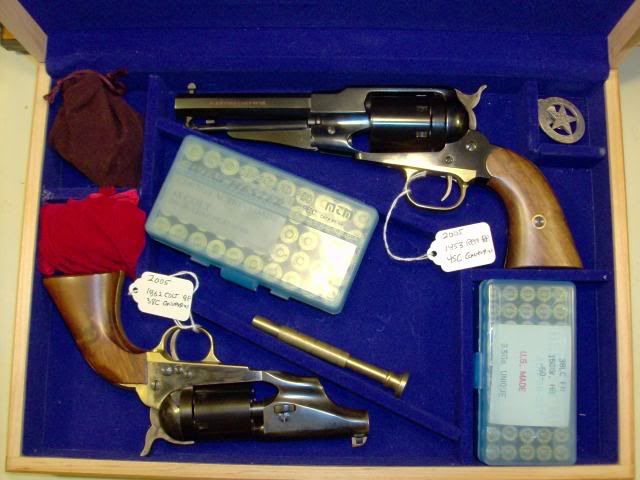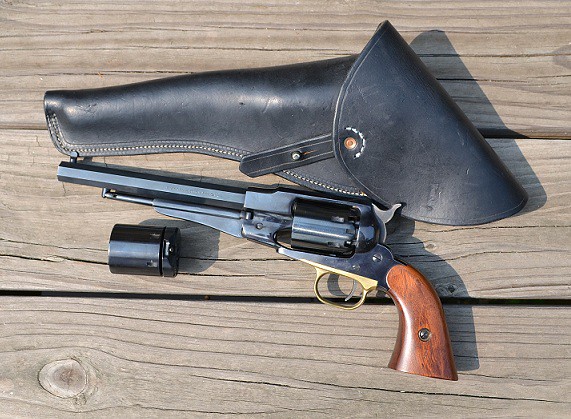stubbicatt
New member
I don't know whether this example will help any. There are fellas who load their Schuetzen rifles in much the same manner. They breach seat the bullet, charge a case with black, through a drop tube, to the very edge of the case mouth. Insert a wad with the thumb and mash the charge down in with thumb-over-wad. Insert case in chamber and fire it. I've been told about 1/16th of an inch between case mouth and bullet base.
At one time the turn of the century competitors did the same as you are describing Pond, load the bullet through the muzzle to just in front of the chamber, and insert the black powder charged case, and fire. They did get some pretty darned good accuracy. So good in fact that many resisted using smokeless for years.
I have read elsewhere that doing this may ring the chamber. So I am at a loss frankly, and choose to shoot smokeless in my schuetzen.
At one time the turn of the century competitors did the same as you are describing Pond, load the bullet through the muzzle to just in front of the chamber, and insert the black powder charged case, and fire. They did get some pretty darned good accuracy. So good in fact that many resisted using smokeless for years.
I have read elsewhere that doing this may ring the chamber. So I am at a loss frankly, and choose to shoot smokeless in my schuetzen.
Last edited:


